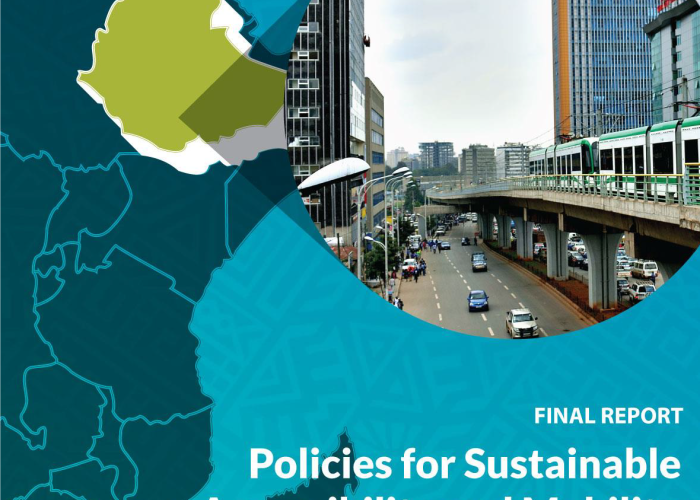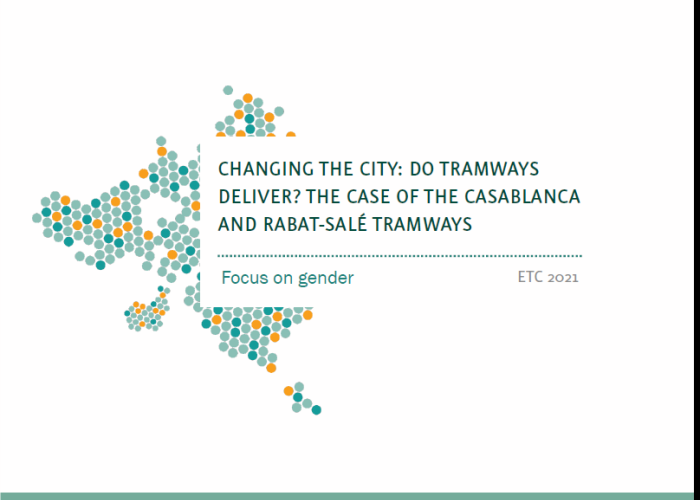Policies for Sustainable Accessibility and Mobility in Urban Areas of Ethiopia - SSATP
Within the framework of its urban transport pillar, the Africa Transport Policy Program (SSATP) launched an activity to support the development of policies to improve accessibility and mobility in urban areas of Africa, with a first set of eight pilot countries (Côte d’Ivoire, Ethiopia, Guinea, Ghana, Kenya, Nigeria, Rwanda, and Senegal). Six thematic areas have been considered as priorities: strengthening the institutional framework for urban transport management, creating funding sources dedicated to the management of urban transport, promoting the effective participation of civil society in urban transport management, improving multi-modal planning and operation of city centers, improving the performance of public transport (in particular the reform of paratransit services), organizing and implementing National Government assistance for the management of urban transport in secondary cities.
In Ethiopia, this work has been led in close partnership with the Federal Ministry of Transport (MoT) and benefited from strong involvement of the Road and Transport Bureau of the Addis Ababa City Government (AARTB). A diagnostic for each of the six above priority areas helped in identifying most pertinent recommendations to be proposed for Ethiopian cities. These recommendations were widely discussed on 29 and 30 May 2018 as part of the Urban Mobility Forum organized under the auspices of the Ministry of Infrastructure. The report proposes a series of recommendations aimed at responding to main challenges in the urban areas of Ethiopia. The improvement of urban accessibility and mobility is a complex task, and these recommendations aim at mobilizing all stakeholders around them.
Urban mobility has become a critical issue in Ethiopia: the urban population has more than doubled over the past two decades and it is expected to nearly triple within the next two decades – one of the strongest urban population growth rates in the world. This means adding around 27 million inhabitants to Ethiopian cities in 20 years. Ethiopia is also implementing ambitious plans for rapid economic growth, which will mostly come from cities. They require a mobile urban population.
In the last decade, public authorities have engaged in major investments in the capital city, Addis Ababa, to address growing congestion: an LRT was built and partnerships with major donors have been engaged to improve bus services, invest in traffic management and infrastructure, and develop a BRT system.
Yet it is now necessary to tackle the urban mobility issue in other cities as well. The Federal Government’s initiative to develop 13 major industrial parks across the country is meant to ensure that economic development is not concentrated in Addis Ababa: insufficient workers’ mobility risks hampering the outcomes of this ambitious program; but anarchic growth of motorized mobility modes would likely lead to unsustainable congestion and pollution.
Ethiopian decision makers are thus now at a particular moment to foster sustainable urban mobility policies across the country. The successes and difficulties in Addis Ababa provide lessons for other cities. The Addis Ababa Road and Transport Bureau’s strong mandate and capacity is an example that should be replicated, at a different scale, elsewhere. A national program, with quantifiable objectives, would be a key step to support such capacity-building. The lack of coordination between land use plans and enforcement and mobility policies is a critical threat in all cities: there is still time to implement policies and institutional coordination to avoid, in secondary cities, the levels of congestion and pollution of the capital – and attenuate them in Addis. Strengthening the financial soundness and contractual framework of the various public transport operators, public and private, is essential, as are measures to improve peak hour capacities in trunk corridors (whether road or rail). Technical innovation (information technology, new energies) and non-motorized transport should be mainstreamed into policies and action plans.
all contents here https://www.ssatp.org/topics/urban-mobility



